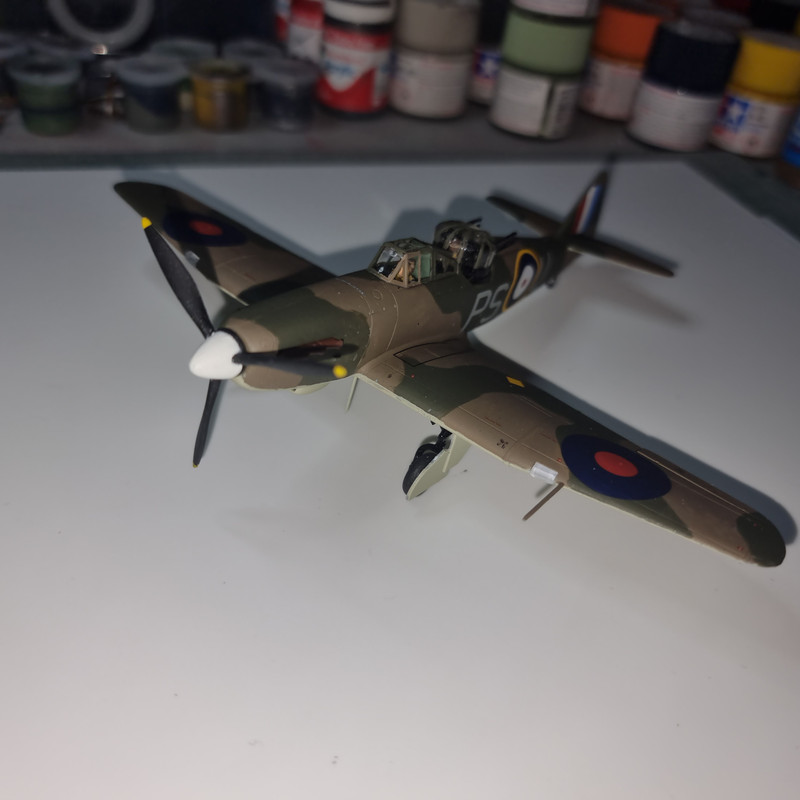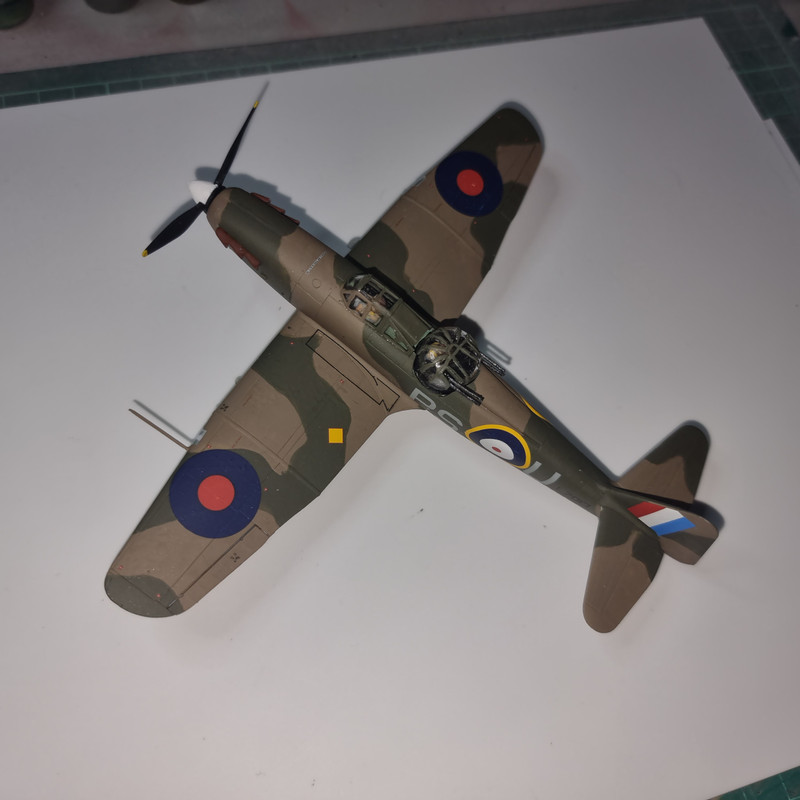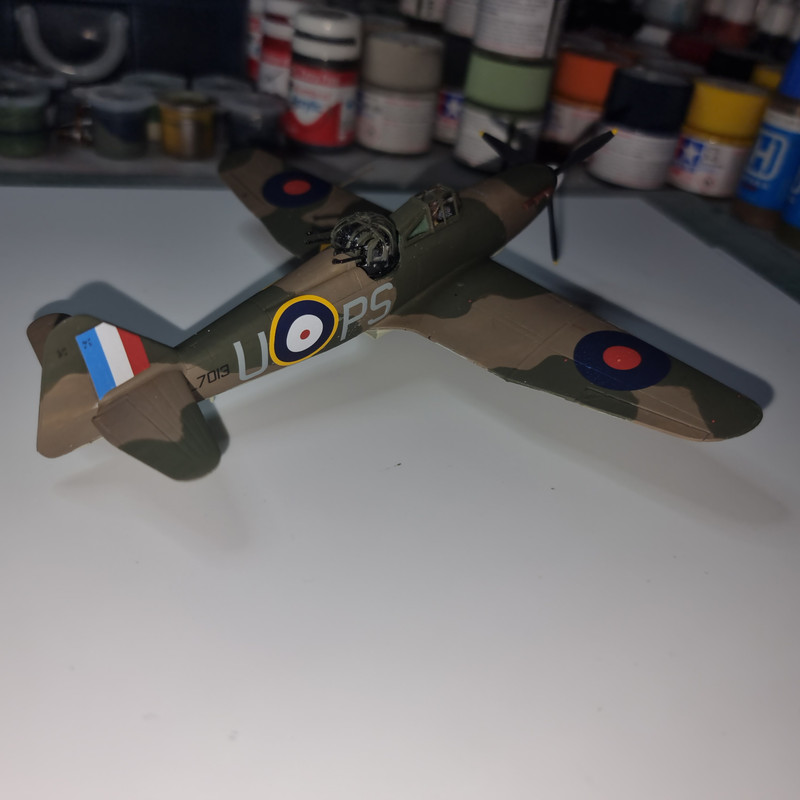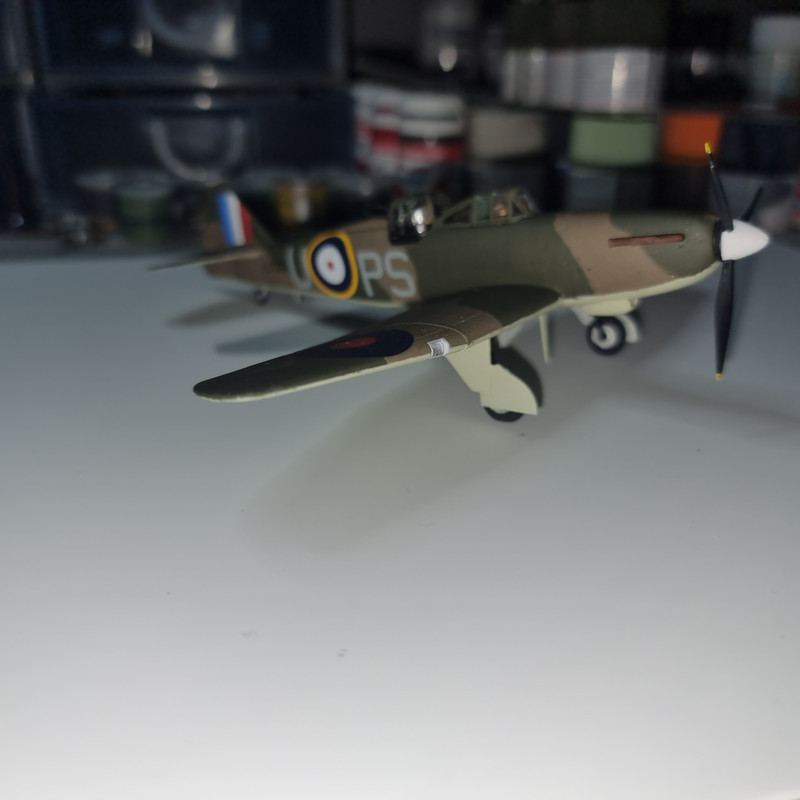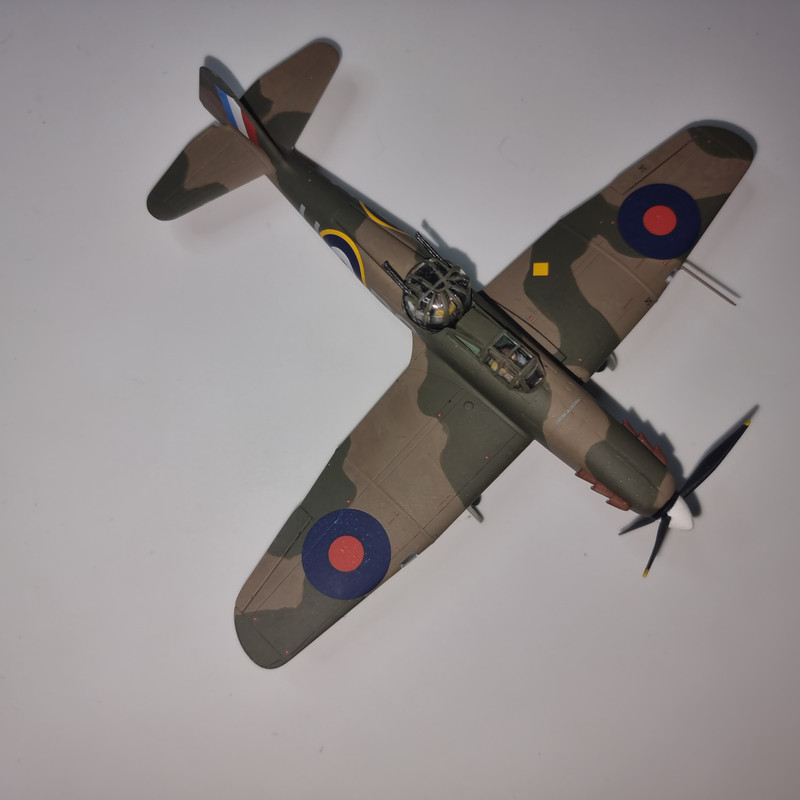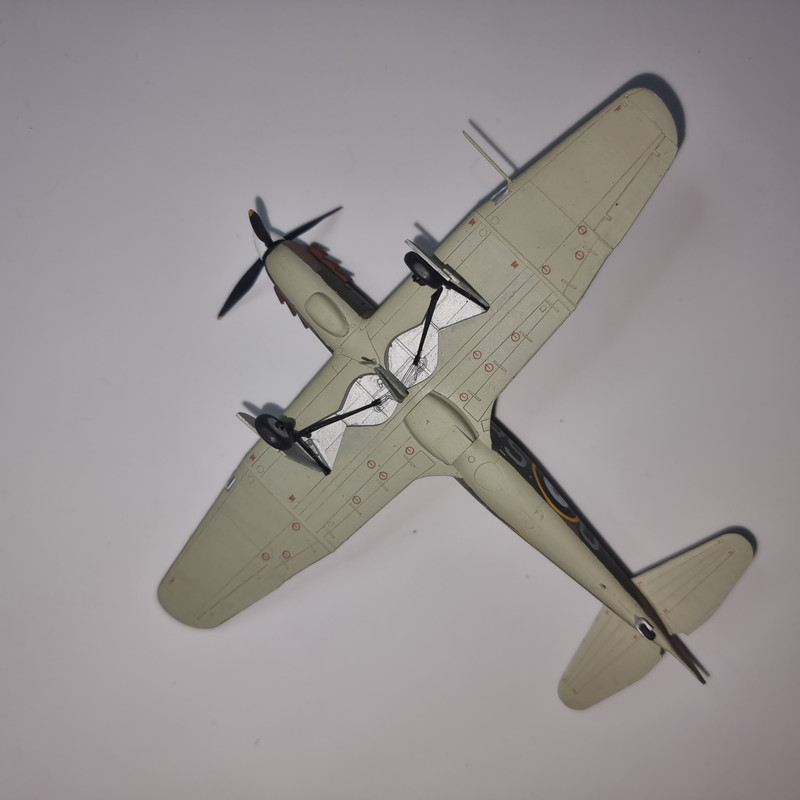Stokesy44 wrote: ↑Mon Jul 03, 2023 8:28 am
RangerNeil wrote: ↑Sun Jul 02, 2023 9:54 pm
Probably so - but at least forward firing weaponry would have given the crews a better chance against the head-on attacks the Luftwaffe prefered to use against them. Oddly B17's learnt the same lesson the hard way. MLy uncle rarely spoke of his time in the war but one of the few stories he would tell was of seeing the US B17's for the first time- the E variant I think that had no forward turret like the Lanc's & Wellington's he flew in. The US aircrews just laughed when his squadron mates pointed out the Luftwaffes preferred attack was head-on - until they encountered the tactic.....
Some lessons can only be learnt the hard way I guess.
Fascinating subject. The USAAF were convinced their tight formations and 10 0.50cal machine guns per plane would see them through. It wasnt just the lack of a forward firing gun turret that did for them before the long range escort fighters arrived. The speed of the German fighters, their nimbleness and the hitting power of their cannons made them lethal against the US heavies. Although they adopted head on attacks the Germans hated them because you only had a fraction of a second between being out of range and the formation being on top of you. And then there was the flak. The real downfall of the heavies was falling out of formation. Nearly all stragglers never made it home. Once away from the protective cross fire developed by the other aircraft in the box formations they were easy meat. There's plenty of chilling gun camera footage out there which shows lone B17s being taken down by fighters.
It got so bad in October 1943 they had to call a halt to the campaign as they were losing crews quicker than they could be replaced.
What saved the heavies was the P51 and then the change in fighter tactics where the fighters were given free reign to go after the German fighters rather than holding station with the bombers. A tactic that worked so well that by D-day the Luftwaffe was a virtual non-entity in France.
The front turret in a Lanc or a Halifax was virtually redundant given they flew at night and were not subject to frontal attacks because that's not how the radar equipped night fighters worked. One of the very few occasions where the front gunner got to fire his guns was on the Dambusters raid and that was only at the Monhe Dam.
The RAF carried out a secret study of the gun positions on their heavies and the report concluded all guns and gunners should be removed, allowing the bombers to fly higher and faster, increasing their surviveability versus flak and fighters. The study was binned as it was deemed bad for morale. Bomber Command was in incredibly destructive weapon by 1944 but their losses continued to be high until the ground forces took the territory beneath them and eliminated the flak defences and the NF bases.
And ALL those guys were volunteers, USAAF & RAF. Talk about the greatest generation.


Amen to the last sentence!!!
My uncle was a little guy - barely 5' tall - and the most unassuming man I've ever known. But I wouldn't be mad enough to have filled his shoes - rear turret gunner on Wellingtons then Lanc's, completed 37 operational tours before finally being post as an AG instructor in early '45. His logbook.had 8 confirmed "kills" - 6 nightfighters, an Me 109 and an Fw-190 in daylight ops. Plus a "partial" on what was thought to be an Me 262 at night. Logbook said an uknown aircraft attacked another Lanc in the formation, uncle saw the gunfire from that Lanc plus what looked like a "shark shape" below and behind it so he put a burst into the shape and it fell away, not returning. Must have been one of his last ops before the AGI posting. My Dad reckoned his brother was mad - but given his own war record I'd have said it was a case of pot, kettle, black....

Uncle Les used to say the nose turret was more of a morale booster for the crew in the RAF's night time operations. One of the Halifax models actually did away with it, having a completely glazed nose (B Mk III?) The rare times they flew daylight ops before the Luftwaffe became a non-problem it was essential. The experienced Luftwaffe pilots in daylight preferred the head-on/oblique angle attack as the return fire was only a pair of .303's whereas a rear attack face 6 x .303 ( 2 mid upper & 4 rear turret guns)or, later, 2 x .303 and 2 x 0.50 (the Rose turret on Lancs).
They had a B17 land at their base and gave it a good look-over, the US crew doing the same to the their Lanc's. Uncle took one look at the ball turret and questioned the sanity of anyone sitting in it. Given "his" Lanc had undercarriage failure twice you can"t blame him. The US crews were said to be amazed at the sheer size of the bomb bay of a Lanc, much less so with its defensive armament. Horses for courses.

Sadly Uncle Les passed away when I was 13 - heart attack whilst driving.
